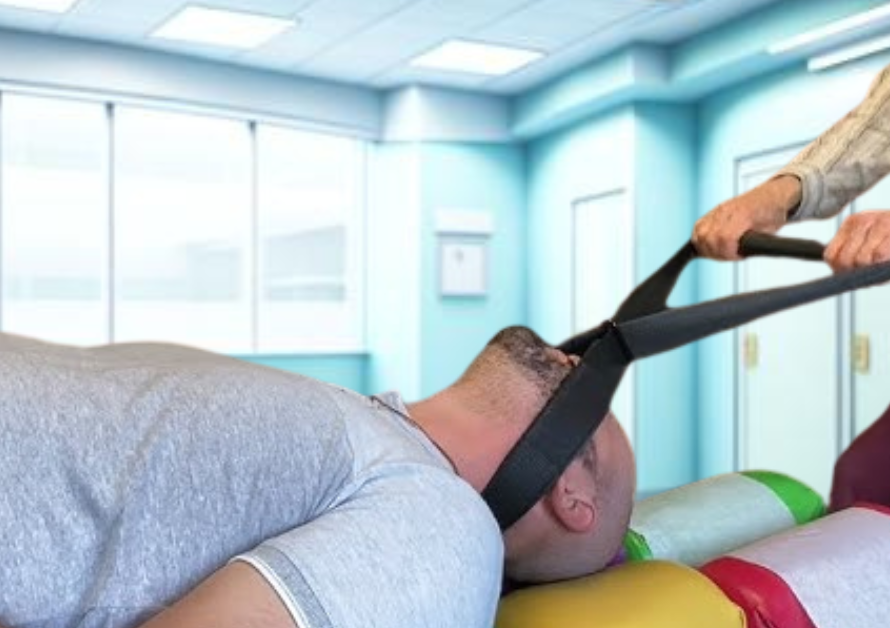Dry needling is a technique often used by physical therapists to treat myofascial dysfunctions and other muscular pains or tension. The therapy has become a considerable debate within the healthcare community.
Despite its popularity among some practitioners, dry needling remains a quarreling issue in some states due to the legalities and regulations varying from one jurisdiction to another.
We’ll take you through why dry needling is illegal, the legal issues in trigger point therapy, various reasons behind the legal restrictions on dry needling and more.
What is Dry Needling?
Dry needling is a physical therapy which involves the insertion of a dry or sterile needle into the skin to the trigger points to treat myofascial dysfunctions. Unlike acupuncture, the treatment doesn’t focus on balancing the body’s energy flow.
Know more details about what is dry needling here.

Dry needling has been banned in these States
In the United States, dry needling is illegal, even administered by licensed therapists in the following states:
- California
- Hawaii
- New York
- Oregon
- Washington
What Happens When Dry Needling Hits A Nerve?
As we know, dry needling targets the trigger points that are running closer to the nerves; there are chances that the needle may trigger the nerves accidentally. Such accidents may cause immediate pain and discomfort, nerve irritation or damage, inflammation and swelling, and potential complications. Hence, many legal regulations are involved in practicing dry needling.
To know more about what happens when dry needling hits a nerve, click here.
Why is Dry Needling Illegal or Controversial?
Unlock the complete advantages of dry needling therapy with our skilled and seasoned chiropractors at ASAP.
- Scope of Practice: One of the primary reasons for the controversy of dry needling is its association with physical therapy and other healthcare professions. Opponents argue that dry needling may encroach upon the scope of practice of professions such as acupuncture and chiropractic care, leading to concerns about patient safety and competence.
- Lack of Regulation: Unlike acupuncture, which typically requires extensive training and certification, the regulation of dry needling varies widely across different jurisdictions. This lack of standardized training and oversight has raised concerns about the qualifications of practitioners performing dry needling procedures and the potential risks to patients.
- Safety Concerns: While supporters of dry needling promote its effectiveness in treating musculoskeletal pain, opponents raise questions about its safety, particularly when performed by inadequately trained practitioners. Improper needle insertion or inadequate sterilization techniques can lead to adverse events such as infection, nerve damage, or punctured organs.
Legal Status of Dry Needling:
The legal status of dry needling varies significantly depending on the country, state, or province. In some regions, dry needling is explicitly regulated and restricted to licensed healthcare professionals with specific training and credentials. In contrast, other jurisdictions may have more permissive regulations or lack clear guidelines altogether, leaving way for uncertainty and controversy.
1.Lack of Standardization:
- One of the primary regulatory challenges in dry needling comes from the lack of standardized training requirements and certification processes.
- Unlike professions such as acupuncture or physical therapy, which have established educational pathways and licensure exams, dry needling lacks uniformity in training curricula and credentialing criteria.
- This variability complicates efforts to establish clear regulatory guidelines and oversee mechanisms, leading to inconsistencies in practice standards across different jurisdictions.
2.Scope of Practice Concerns:
- The coinciding scope of practice between various healthcare professions further complicates the regulatory landscape of dry needling.
- In many regions, questions arise regarding which professionals are qualified to perform dry needling procedures and under what circumstances.
- This uncertainty can lead to legal disputes among different healthcare disciplines, destructing efforts to establish cohesive regulatory frameworks that prioritize patient safety and quality of care.
3.Credentialing and Accreditation:
- The absence of standardized credentialing processes for dry needling intensifies regulatory challenges, as practitioners may seek training from a wide range of sources with varying levels of difficulties and supervision.
- Accreditation bodies and professional organizations play a crucial role in establishing quality standards and promoting best practices in dry needling education.
- However, the proliferation of training programs with differing philosophies and methodologies poses challenges in ensuring consistent quality control and accountability.
4.Risk Management and Liability:
- Practitioners engaging in dry needling must navigate complex legal and ethical considerations related to risk management and liability.
- Concerns about adverse events, patient injuries, and malpractice claims emphasizes the importance of comprehensive informed consent procedures, adequate malpractice insurance coverage, and adherence to established safety protocols.
- However, the lack of general agreement on safety guidelines and risk mitigation strategies further complicates efforts to mitigate liability risks associated with dry needling practice.
5.Regulatory Variability:
- The regulatory landscape of dry needling exhibits significant variability across different regions, with some jurisdictions imposing stringent licensure requirements and others adopting more permissive approaches.
- This discrepancies of regulations creates challenges for practitioners operating across multiple jurisdictions, as they must navigate divergent legal frameworks and compliance obligations.
- Harmonizing regulatory standards and promoting interstate or international reciprocity agreements can facilitate professional mobility while ensuring consistent standards of care.
Conclusion :
The debate surrounding the legality of dry needling reflects broader issues within the healthcare community regarding scope of practice, patient safety, and professional standards. While supporters argue for the benefits of integrating dry needling into clinical practice, opponents emphasize the importance of regulation and oversight to protect patients from potential harm.
Ultimately, resolving the controversy requires careful consideration of the evidence, stakeholder perspectives, and ethical considerations to ensure safe and effective patient care.



1 Comment
Comments are closed.